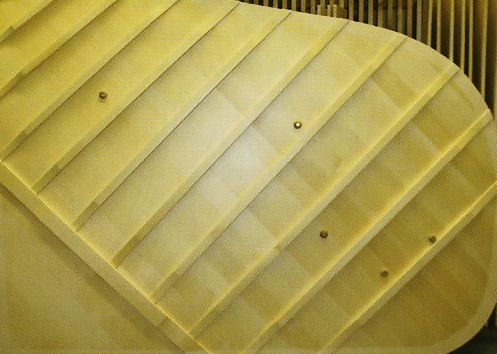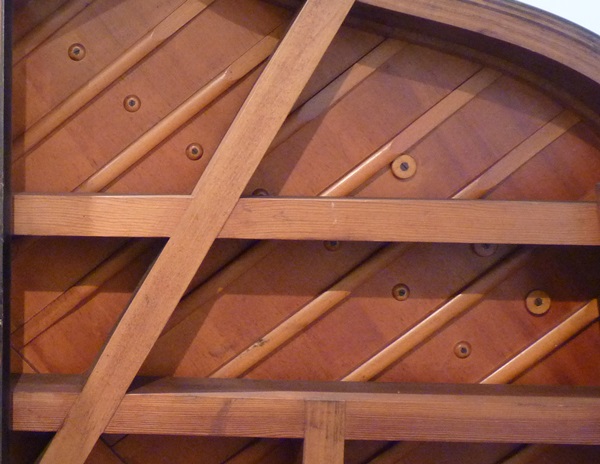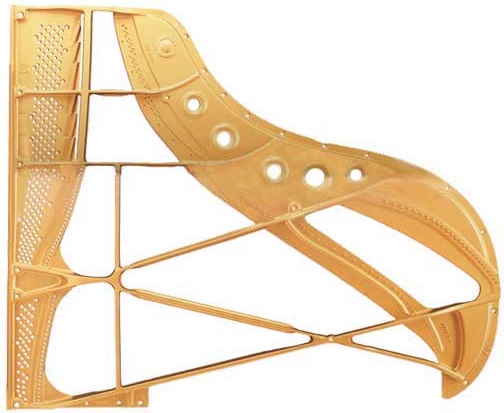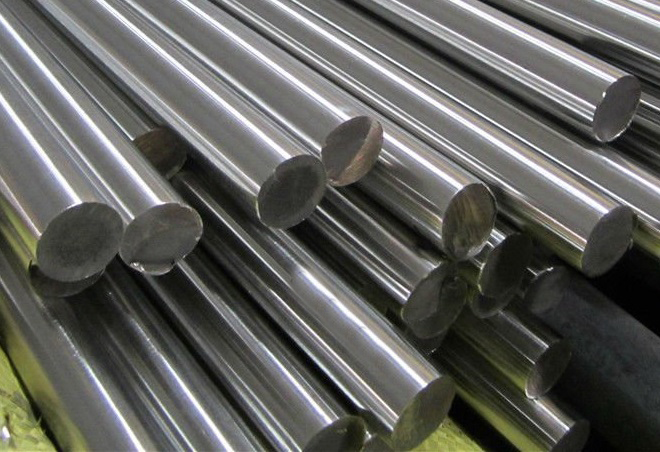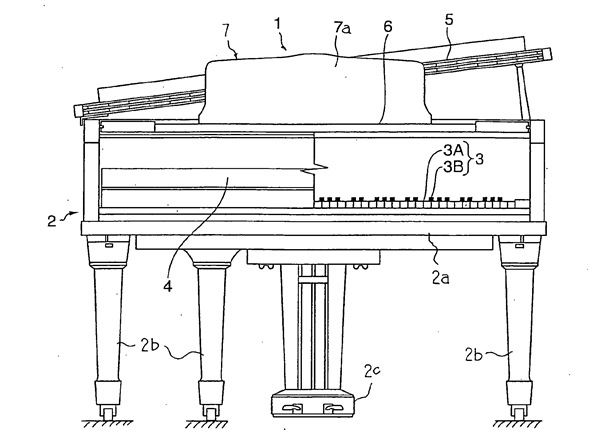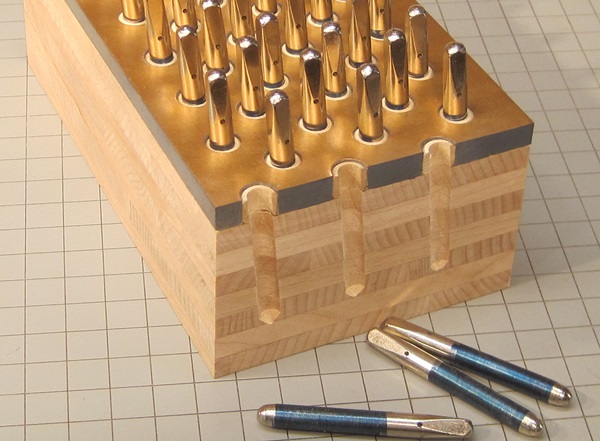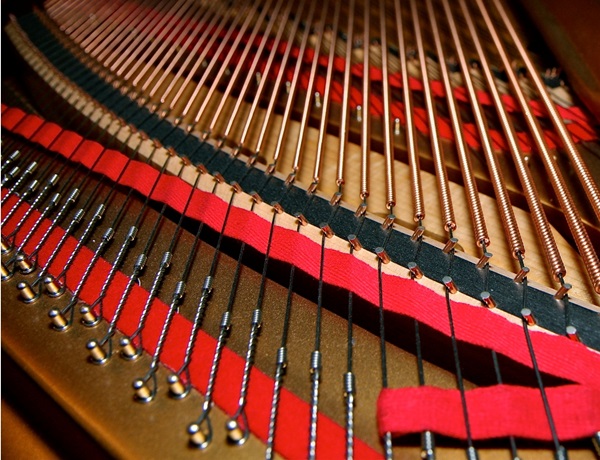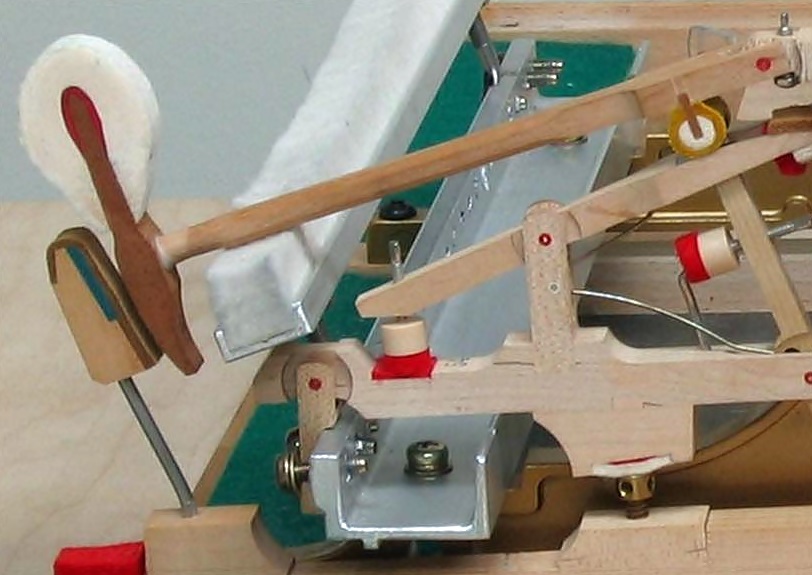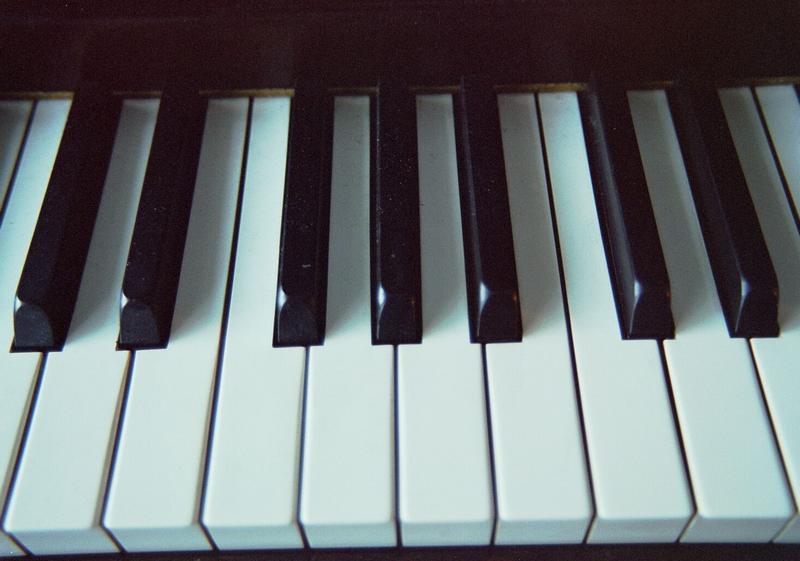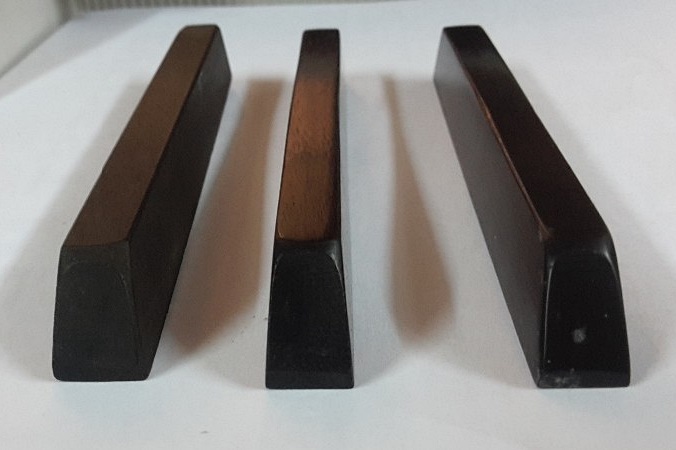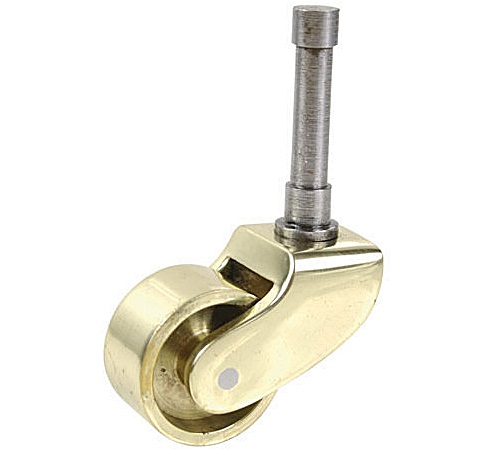Technical developments of Kawai pianos
Let us take a closer look at some specific aspects of piano technology or highlight notable developments. Let us give an overview of the construction and key components of Kawai pianos.
All Kawai grand pianos are constructed with full-length White Spruce ribs. These ribs help sound wave patterns energize the soundboard as a whole. All ribs on Kawai grands are notched and continue into the inner rim.
Bridges transfer the vibration of the strings to the soundboard. Since many vibrations may be minute, a bridge of the hardest material is essential. Kawai bridges are solid Rock Maple. RX models have a combination of laminated maple and mahogany and are scientifically designed and positioned to maximize performance.e with piano teaching and accompanist work. Patrice has been teaching for Pianos Plus since 2007.
Beams are the ‘backbone’ of the piano. Kawai beams are constructed from select hardwood laminates and are glued together in a cross-banding fashion. This makes them infinitely stronger than one-piece construction types, and virtually impervious to weather changes and warpage.
Kawai’s cast iron plate (harp), finished in smooth bronze, is hard-fit to each frame. This guarantees accurate positioning and proper bearing of the strings on the bridges and ensures the correct position of all the components to follow.
Only carefully selected, straight-grained, solid Sitka Spruce is used in Kawai grand soundboards. Kawai’s stringent quality standards require that every piece of Sitka Spruce maintain an optimal number of grains per square inch.
Grands are unexcelled in strength and design. Both the inner and outer rims are constructed of woods noted for their strength and durability. Using a cross-binding technique, Kawai rims can withstand incredible pressure. They form a “Core System” that, pound for pound, is stronger than steel.
All Kawai pinblocks use cross-banded premium Rock Maple. Kawai then glues and screws the pinblock to the rim, as well as being firmly screwed and fitted to the plate.
The stringing methods used by Kawai are unique to the industry,offering unmatched tuning stability. Through years of research, Kawai has developed special machinery and techniques which assures absolute precision.
Kawai is renowned for its Ultra-Responsive Action. An evolution of the critically acclaimed Herz action, the Kawai action has been preferred by more than a generation of the finest pianists. Every part of the action is a masterpiece of mechanical efficiency, uniformity, and sensitivity and is built to withstand over a lifetime of use. An incredibly strong material known as ABS Styran is used for the many load bearing parts that would formally have been timber. Although uncommon to the industry, Kawai inspects each action over 100 times and regulates it 5 times before it leaves the factory.
To address the negative environmental impact of using natural Ivory key covers, Kawai engineers developed and patented NEOTEX synthetic ivory – a breakthrough within the industry. This new material clones the best properties of natural ivory, such as the ability to absorb moisture and the slightly textured surface, yet eliminates discoloring, brittleness and cracking with time. Kawai has also developed a synthetic ebony, which prevents the need for using this endangered species of wood.
Evenness of touch is crucial to the player. Every key must respond uniformly in relation to all other keys on the keyboard. The keys of the RX Series grand pianos are individually weighted and balanced to adjust for differences in hammer size. Weights are scientifically positioned at different points in each key to provide an even, balanced touch across the entire keyboard for superb control.
The casters on every Kawai grand are in solid brass and are polished to a mirror-like finish. Kawai casters are another indication of the immense attention to detail that it places into every piano it produces.
Like Kawai casters, the three heavy, working pedals on every Kawai grand are cast in solid brass, not plated, brass-capped iron. Capped pedals wear down in time and expose the raw iron base material.

